Spätzle is a type of noodle made from eggs that is part of traditional German cuisine. The term itself comes from the word spatz, meaning little sparrows. Besides in Germany, this noodle is prepared in Austria, Switzerland, Hungary, as well as in the regions of Alsace and South Tyrol.
Spätzle recipes were found as early as the first quarter of the 18th century. Nowadays, we strongly associate it with German cuisine. The annual production of Spätzle in Germany comes out to over 40 000 tons. Clearly, this is one of the nation's favorite foods.
Production is automated now but in the past it was made by hand using a spoon. Later they invented a special tool for making fresh German noodles that resembled a grater.
The main ingredients of Spätzle are: eggs (mandatory), flour and a little salt. Typically, Germans also follow an unwritten rule for getting delicious Spätzle noodles - Always put one egg more than the number of people who will be eating the noodles.
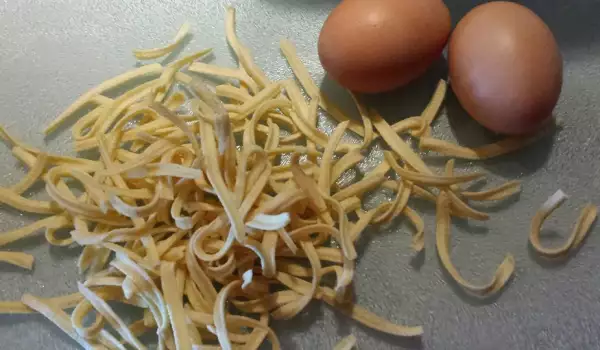
Traditionally, Spätzle is made by cutting the dough into long and thin strips, resembling worms. They are then put into boiling water. Once they rise to the water's surface it means they are ready. When they harden a little and take on their final shape, they are taken out of the water and drained.
Spätzle can be consumed as a standalone, poured over with melted butter but are also a wonderful garnish for meat dishes.
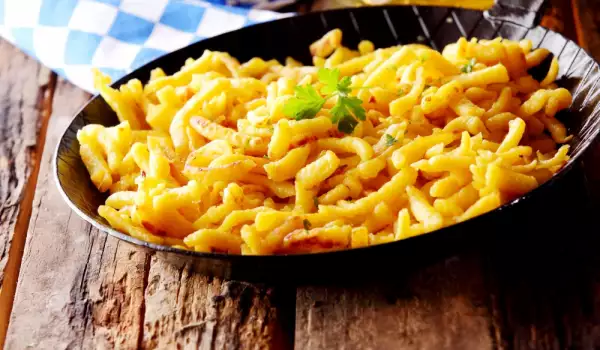

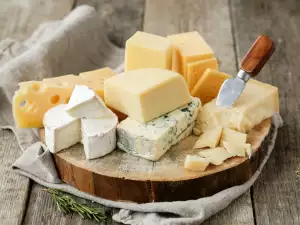


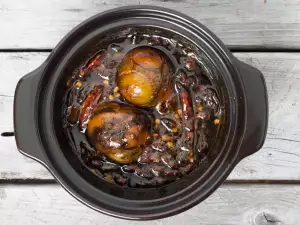
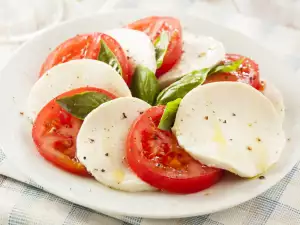
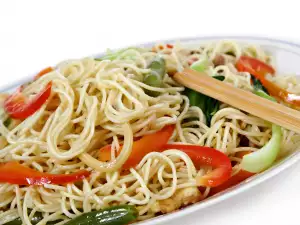
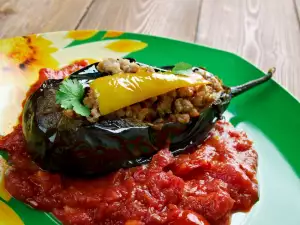
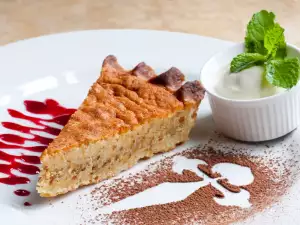



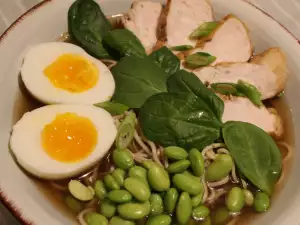

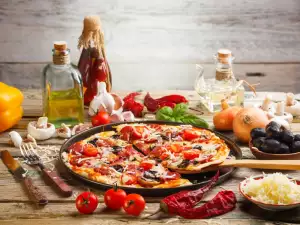




Comments